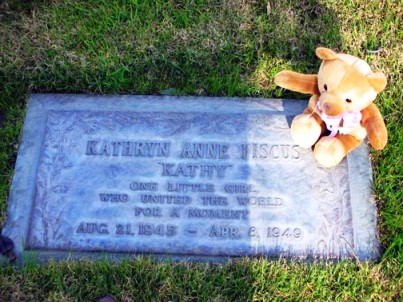 On Wednesday, October 13, 2010, I spent most of the day and early evening, transfixed on the drama unfolding on my 50″ television screen. Thirty three Chilean miners were being rescued from a mine cave-in 2000 feet below the surface. It was gripping drama broadcasted live around the world with cameras at every angle including images from the mine cavern where the men had been trapped for over two months. When I needed to take a break, I recorded the live feed to view later. I also taped a special report to view at my leisure. The live satellite images of this human drama were exceptionally clear as was the audio documentation of the applause and singing as each miner came to the surface. All of the miners were rescued, to the joy and relief of a world wide audience.
On Wednesday, October 13, 2010, I spent most of the day and early evening, transfixed on the drama unfolding on my 50″ television screen. Thirty three Chilean miners were being rescued from a mine cave-in 2000 feet below the surface. It was gripping drama broadcasted live around the world with cameras at every angle including images from the mine cavern where the men had been trapped for over two months. When I needed to take a break, I recorded the live feed to view later. I also taped a special report to view at my leisure. The live satellite images of this human drama were exceptionally clear as was the audio documentation of the applause and singing as each miner came to the surface. All of the miners were rescued, to the joy and relief of a world wide audience.
I was reminded of another human drama, equally compelling, equally emotional. On the evening of April 8, 1949, I was returning from a movie in downtown Monrovia, California, when I noticed a crowd gathered around the front window of an appliance store. Most people still didn’t own a TV set, so a crowd would gather each night to watch Laurel and Hardy films and the limited local programming that was available. The store owner was kind enough to provide an audio feed outside.
This night of TV viewing was different from any other. That afternoon of April 8, a small girl had fallen down an abandoned well in a field near her home in San Marino. The girl’s name was Kathy Fiscus. The 3 year old’s cries could be heard from 100 feet down the well.
As word went out about the tragedy, help came from around the country and a major rescue effort was underway. Experts on wells and drilling came to help – the movie studios provided lights for the site – A young reporter for KTLA Ch.5, Stan Chambers, was there to provide updates for the emerging television audience. People, from all walks of life, stepped forward to see if they could help in some way. More than 10,000 people came to watch the rescue.
Camera controls at that time couldn’t handle the contrast between the well surface and the bright lights, so most images were difficult to see. The size of the TV screen added to the difficulty. Most of the black and white sets were round and had a diameter of 14″. This provided a reference for the size of the well pipe which was also 14″. Workers reached Kathy Sunday night. Viewers from across the country watched the live television feed and listened on the radio, as a doctor reported that Kathy had died, probably shortly after she was last heard crying for help.
I was 13 years old at the time, and I have never forgotten the name Kathy Fiscus. We can only hope for today’s technology to come to the rescue of a little girl or boy. The location of the well is now a football field at San Marino High School. The inscription on her grave marker reads, “One Little Girl Who United The World For A Moment.”
William Neill is an alumnus and former Communications professor of the University of La Verne



Leave a Reply